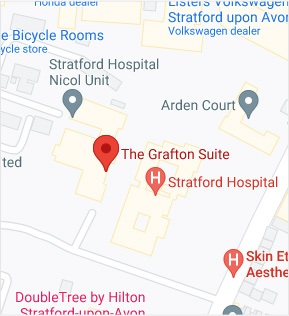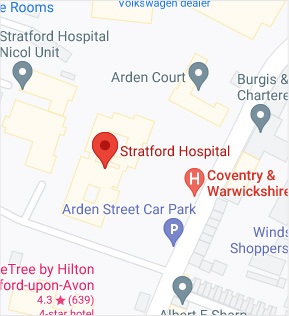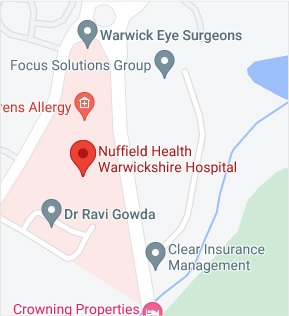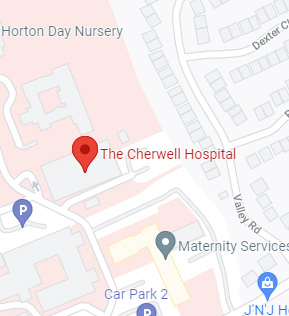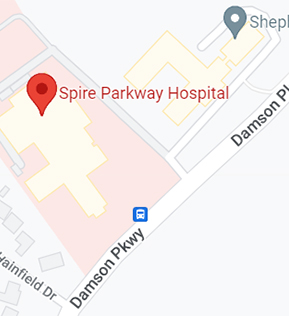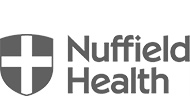What is the Pectoralis Major Muscle?
The pectoralis muscle is a large fan-shaped muscle comprised of the pectoralis major and pectoralis minor muscles that stretch from the armpit to the collarbone and down across the lower chest region on both sides of the chest. The two sides of the chest connect at the breastbone or sternum. The pectoralis major is a powerful muscle that aids in rotating the arm inward and move it closer to the body. The pectoralis muscles connect the chest wall with the humerus (upper arm bone) and shoulder. The pectoralis major moves each shoulder joint in four distinct directions and also keeps the arms attached to the body. It is best known as the muscle that you develop with bench press exercises.
What are Pectoralis Major Tears/Repairs?
A tear in the pectoralis major muscle occurs when the tendon attaching the muscle to the upper arm bone is damaged as a result of trauma or injury. In the case of a rupture, operative treatment is employed for repairing the torn muscle in active and young patients irrespective of the chronicity of the injury. The most commonly used techniques to repair a pectoralis major tear are suture anchors and bone tunnel procedures.
Causes of Pectoralis Major Tears
Pectoralis muscle tears occur when a force goes through the muscle and tendon that is greater than they can withstand. This can happen during weight training, such as with bench press, chest press, pectoral fly, or even contact sports.
Other common causes of pectoralis major tears include:
- Strain due to prolonged or repetitive activity
- Degeneration of pectoralis major muscles
- Abnormal biomechanics
- Chronic muscle imbalances
- Muscle tightness
- Muscle weakness
- Excessive training
Symptoms of Pectoralis Major Tears
Symptoms commonly noted with pectoralis major muscle tears include:
- Bruising in the arm and chest
- Pain in the upper arm and chest
- Deformity of the upper arm and chest
- Weakness or loss of strength
- Swelling around the affected muscle
- Dimpling or pocket formation around the armpit
Diagnosis
Diagnosis of pectoralis muscle tears can often be made through a physical examination and the changes indicating a muscle tear or rupture include:
- Change in shape and muscle bulk on the chest wall on the injured side when compared with the normal side
- Bruising on the chest wall indicating a tear
- Pain and discomfort when attempting to rotate the arm
- Visible decrease in muscle mass
Imaging such as X-rays, MRI, and ultrasound are used to determine and differentiate the extent and type of pectoralis injury and disorders and confirm the diagnosis.
Treatment for Pectoralis Major Tears
The management of pectoralis major tears comprises of non-surgical and surgical methods. The choice of treatment depends upon the type and severity of the injury, the extent of muscle function, and the patient’s general health and activity level.
Non-surgical treatment is employed for patients with partial tears, rupture within the muscles, and elderly and low-demand patients. Nonsurgical management would include rest, cold therapy, immobilisation, NSAIDs along with physiotherapy for stretching and muscle strengthening.
Surgical repair is employed for patients with complete tears of the pectoralis muscle tendon and who either need to return to full strength and function as in sports or are concerned with cosmetic appearance.
The surgery is performed in the operating room under anaesthesia in a supine position. A small incision is made on the upper arm where the tendon attaches. The torn tendon is identified and released from all adhesions to make room for sufficient mobilisation required for anatomic reapproximation of the muscle. Your surgeon reattaches the torn muscle and tendon to the humerus (upper arm bone) utilising anchors and strong sutures. Your surgeon then closes the incision by suturing or staples and cover with sterile dressings to complete the operation.
Postoperative Care
Post surgery, the arm will be rested in a broad arm sling for at least 6 weeks. Gentle pendulum exercises will be initiated during this juncture. This will be gradually followed by rehabilitation programme culminating in exercises against resistance, and light weightlifting will be encouraged at 4 months. Post 6 months, patients typically will be able to return to competitive activity. Instructions on surgical site care as well as follow-up appointments will be given.
Risks and Complications of Repair Surgery
As with any surgery, some of the potential risks and complications of pectoralis major repair may include:
- Bleeding or hematoma
- Superficial or deep Infection
- Post-op stiffness
- Damage to neurovascular structures
- Incarceration of the biceps
- Anaesthetic reactions
- Failure to heal and the need for repeat surgery
- Re-rupture of muscles
- Blood clots


 REQUEST AN APPOINTMENT
REQUEST AN APPOINTMENT



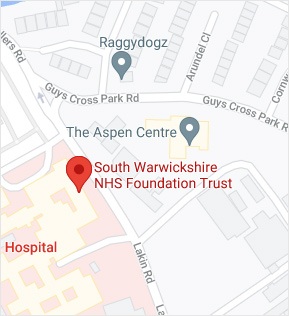
 Ext 4798
Ext 4798